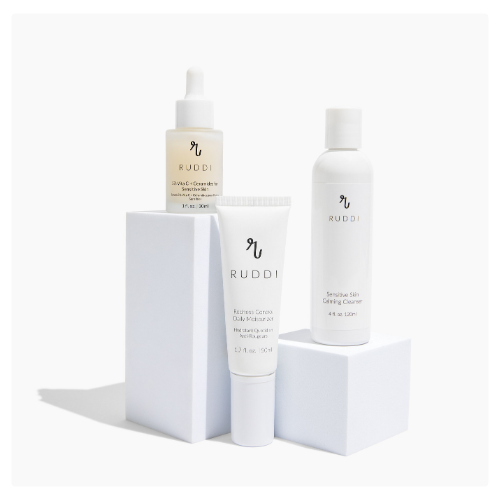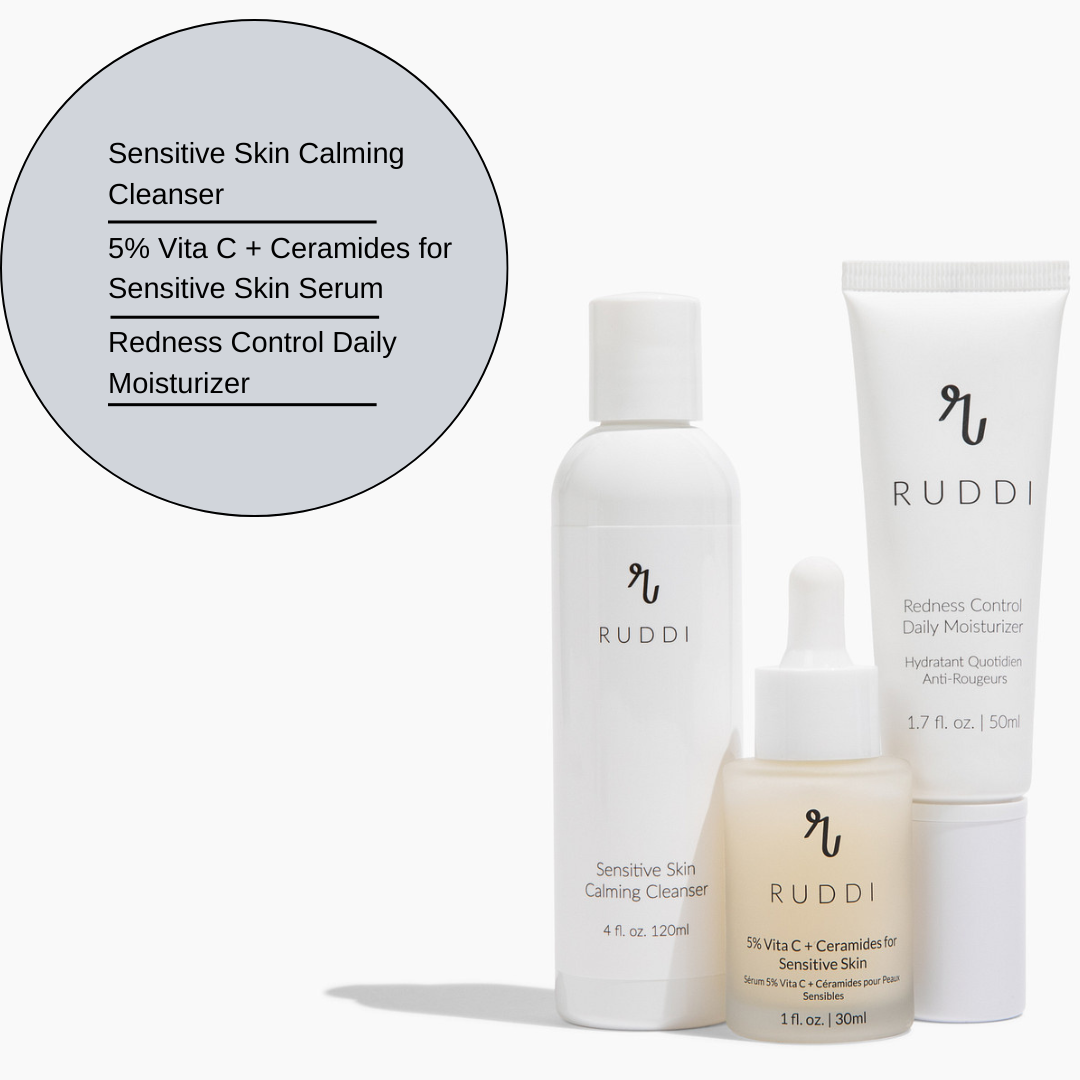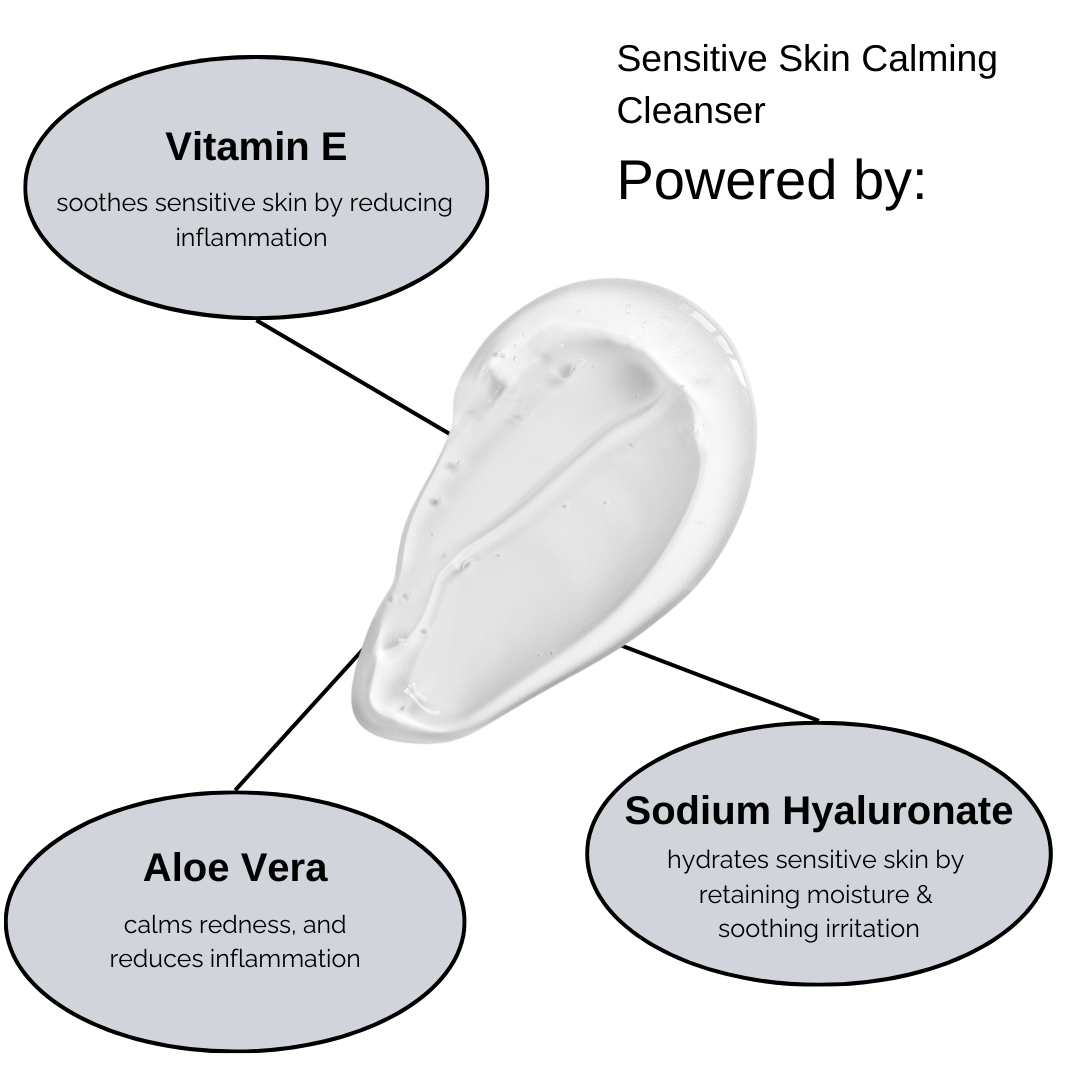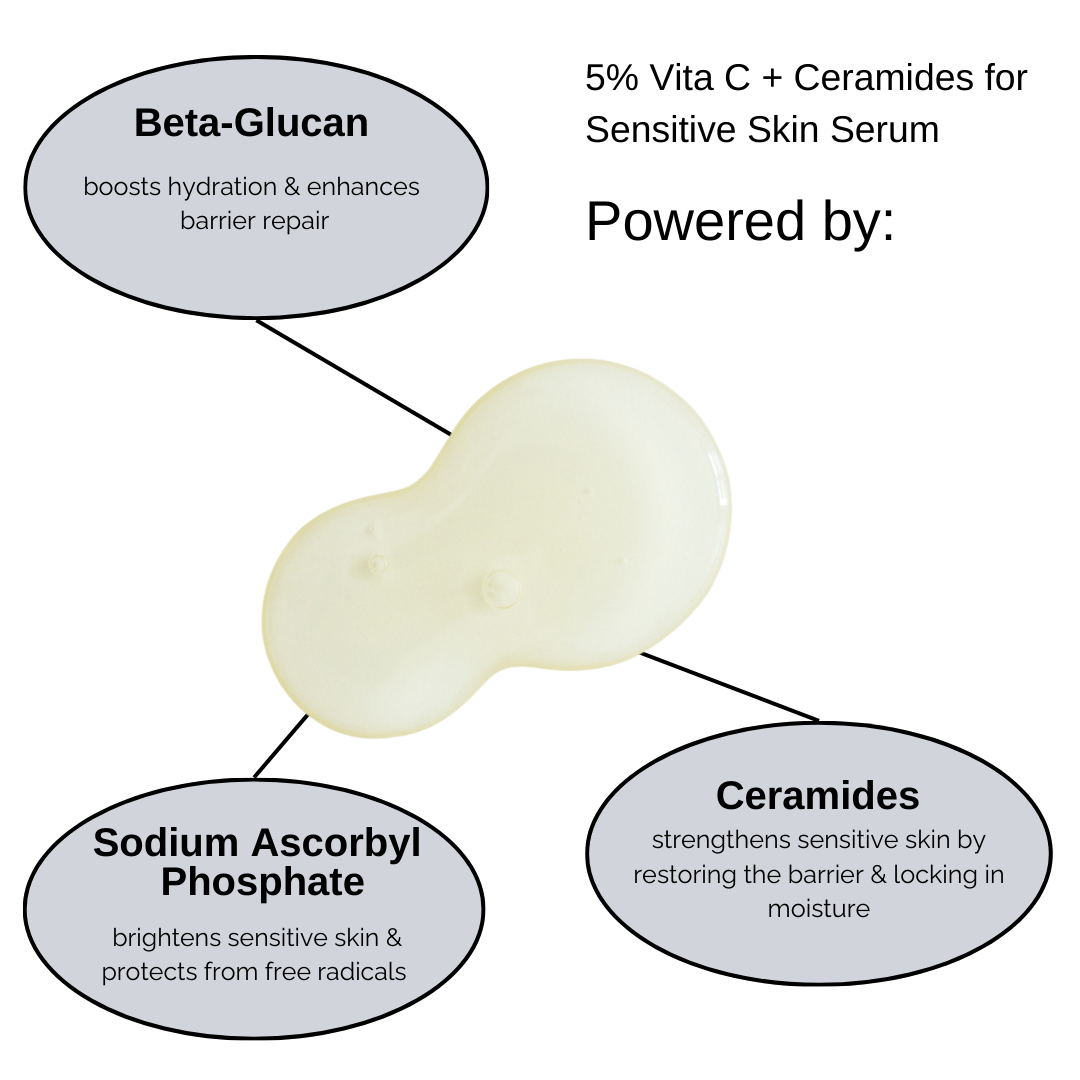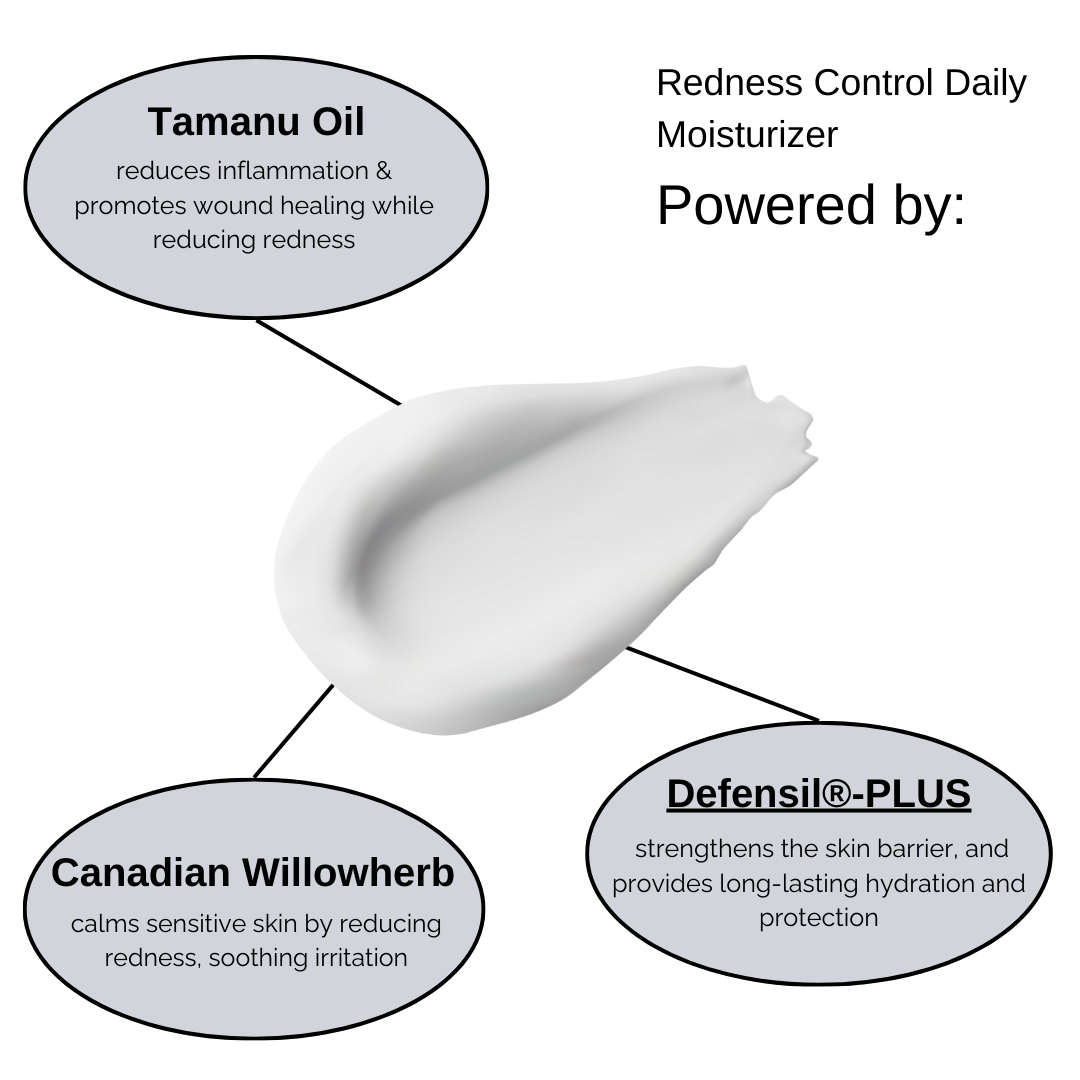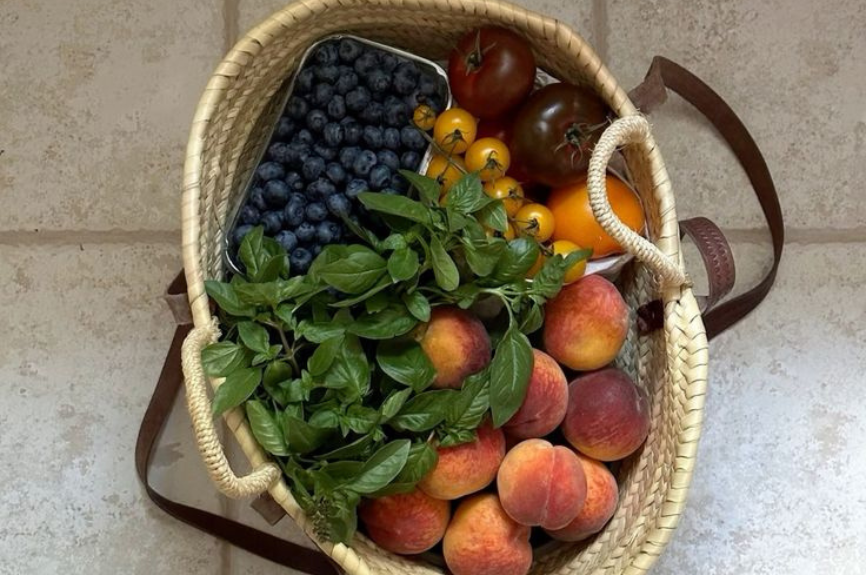
Rosacea and Diet: The Best Anti-Inflammatory Foods to Soothe Your Skin
If you’ve ever had a rosacea flare-up after a glass of wine, a spicy meal, or even chocolate, you know firsthand that what you eat affects your skin. But why do some foods soothe while others inflame? The answer lies in the biochemistry of your diet—particularly compounds like polyphenols, histamines, omega-3s, and inflammatory cytokines.
In this post, we’ll go beyond the basics to explore the science behind food and rosacea—and highlight the most effective anti-inflammatory foods to support your skin from the inside out.
🔥 The Rosacea-Diet Connection: A Quick Overview
Rosacea is driven by chronic inflammation and vascular hypersensitivity. Certain foods can either:
-
Trigger inflammation, dilate blood vessels, or disrupt your gut
-
Soothe inflammation, stabilize blood flow, and support the skin barrier
Understanding which compounds in food do what can help you manage flare-ups more effectively.
🥑 The Best Anti-Inflammatory Nutrients for Rosacea
1. Omega-3 Fatty Acids
-
What they do: Reduce inflammation by decreasing production of pro-inflammatory molecules (like prostaglandins and leukotrienes).
-
Why it helps rosacea: Calms overall skin inflammation, improves moisture retention, and may reduce flare frequency.
✅ Top sources:
-
Wild salmon, sardines, mackerel
-
Flaxseed and chia seeds
-
Walnuts
-
Algal oil (plant-based omega-3)
2. Polyphenols
-
What they do: Powerful antioxidants that neutralize free radicals and reduce oxidative stress, which can aggravate inflammation and damage blood vessels.
-
Why it helps rosacea: Supports healthy blood vessels, calms skin reactivity, and reduces redness over time.
✅ Top sources:
-
Green tea (especially EGCG)
-
Blueberries, blackberries, cherries
-
Dark chocolate (in moderation, watch histamine content)
-
Extra virgin olive oil
-
Turmeric (contains curcumin)
3. Vitamin C-Rich Foods
-
What they do: Support collagen production and capillary strength; acts as a skin-protecting antioxidant.
-
Why it helps rosacea: Reduces redness and helps strengthen fragile blood vessels.
✅ Top sources:
-
Bell peppers
-
Kiwi
-
Citrus fruits
-
Broccoli and kale
4. Zinc & Selenium
-
What they do: Regulate immune function and help reduce inflammation.
-
Why it helps rosacea: May calm the immune overreaction that contributes to flare-ups.
✅ Top sources:
-
Pumpkin seeds (zinc)
-
Brazil nuts (selenium)
-
Shellfish
-
Eggs
⚠️ Compounds to Be Cautious With
1. Histamines
-
What they do: Naturally occurring in fermented and aged foods, histamines trigger the immune system and can lead to flushing and inflammation.
-
Why it affects rosacea: Many people with rosacea have histamine intolerance or reduced ability to break it down (due to low DAO enzyme levels).
🚫 High-histamine foods to watch:
-
Aged cheeses
-
Red wine, beer
-
Vinegar, soy sauce
-
Cured meats
-
Fermented foods (yogurt, kimchi, kombucha)
2. Spicy Foods (Capsaicin)
-
What it does: Stimulates sensory nerves and dilates blood vessels.
-
Why it affects rosacea: Triggers facial flushing and can worsen visible redness.
3. Alcohol (Especially Red Wine)
-
What it does: Alcohol causes vasodilation and also contains histamines and sulfites.
-
Why it affects rosacea: Triggers immediate flushing and can contribute to long-term vascular changes.
4. Sugar & Refined Carbs
-
What they do: Spike insulin and promote systemic inflammation.
-
Why it affects rosacea: Increases inflammatory cytokines and may worsen redness and bumps.
🥗 Sample Rosacea-Friendly Meal Plan
Breakfast:
-
Oatmeal with blueberries, chia seeds, and almond milk
-
Green tea
Lunch:
-
Grilled salmon salad with olive oil vinaigrette
-
Steamed broccoli and quinoa
Snack:
-
Pumpkin seeds and kiwi slices
Dinner:
-
Turmeric-roasted chicken
-
Sweet potato mash
-
Sautéed kale with garlic (if tolerated)
💡 Tips for Eating with Rosacea
-
Keep a food diary to track your personal triggers and reactions.
-
Focus on whole, unprocessed foods and avoid packaged items with additives or preservatives.
-
Try low-histamine substitutions if you're sensitive (e.g., fresh-cooked meats instead of cured, coconut yogurt instead of dairy).
-
Stay hydrated, and support your gut with fiber and probiotics if tolerated.
🧠 Final Thoughts: You Can Eat to Support Your Skin
While there's no one-size-fits-all rosacea diet, understanding the biological effects of specific nutrients empowers you to make informed choices. Focus on anti-inflammatory, antioxidant-rich foods, and steer clear of ingredients that overstimulate your blood vessels or immune system.
Your skin is deeply connected to what’s on your plate—and with a little experimentation and care, your diet can be one of your most powerful tools in calming rosacea from the inside out.

